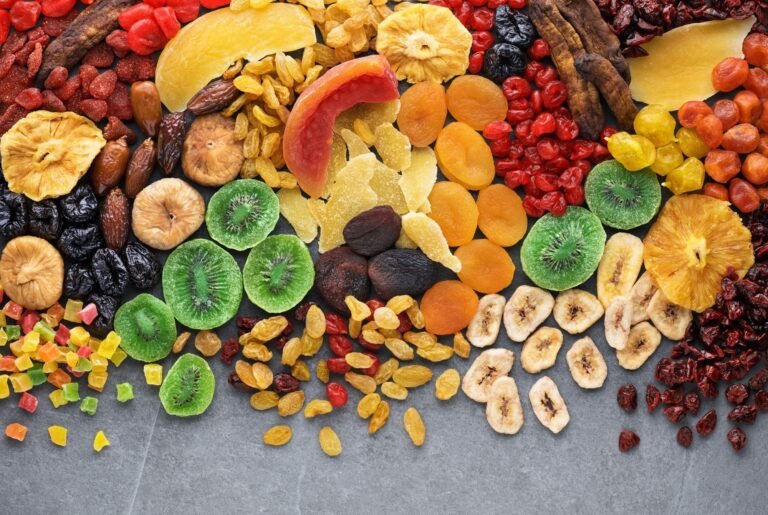In a recent study published in the journal Nutrition and Metabolismresearchers evaluated the causal effects of dried fruit intake on type 2 diabetes (T2D).
Dried fruit has become popular among people looking for healthier snack alternatives. However, concerns about its sugar content have been raised in relation to T2D. T2D represents a major public health challenge due to its association with complications such as neural damage, cardiovascular disease, and renal dysfunction. Dietary inclusion of dried fruit for people with T2D is a complex issue, attracting attention and excitement.
Study: Dried fruit intake and lower risk of type 2 diabetes: a two-sample Mendelian randomization study. Image credit: vitals / Shutterstock
Dried fruits contain essential nutrients such as fiber, vitamins and minerals, enriching a balanced diet. However, the sugars in dried fruit are quickly released into the bloodstream, causing spikes in postprandial blood sugar, which could be a challenge for those trying to stabilize glucose levels. The consumption of dried fruits has historically been discouraged due to their sugar and fat content.
However, there has been a shift in this perspective, with dried fruit now being recognized for its fiber levels, micronutrients and minimal fat content compared to its fresh counterparts. Animal studies and randomized controlled trials have suggested the potential benefits of dried fruit in cardiovascular disease. However, data on associations between T2D and dried fruit intake are limited.
About the study
In the present study, researchers evaluated potential causal associations between dried fruit intake and T2D. This two-sample Mendelian randomization (MR) study used genome-wide association study (GWAS) summary statistics. GWAS data on dried fruit intake were obtained from a study of over 500,000 participants in the United Kingdom (UK) Biobank. Participants visited local assessment centers to provide relevant data via questionnaires or anthropometry.
Information on the frequency of dried fruit intake was collected through a questionnaire. T2D data came from a GWAS with more than 61,700 cases and 593,952 controls. The team looked at single nucleotide polymorphisms (SNPs) associated with dried fruit intake as variables. Instrumental variables had to be strongly and exclusively associated with exposure (dried fruit intake) and independent of confounders.
The weighted inverse variance (IVW) method examined potential causal effects of dried fruit intake. The weighted median and MR-Egger methods were complementary. Heterogeneity was assessed using Cochran’s Q test. Horizontal pleiotropy was assessed using the MR-Egger intercept test. A license analysis was also performed to determine the robustness of the results.
Foundings
The researchers identified 43 SNPs that were strongly associated with dried fruit intake. Of these, 36 were selected as instrumental variables after excluding those associated with confounders. The F statistic of these instrumental variables was 15.39, indicating a strong predictive ability of intake levels. All instrumental variables were strongly associated with exposure rather than outcome (T2D). A causal association between dried fruit intake and T2D was observed.
Higher intake of dried fruit was associated with lower risk of T2D. Specifically, one standard deviation increase in dried fruit intake was associated with up to a 61% reduced risk of T2D. In addition, the weighted median and MR-Egger methods yielded consistent results. Cochran’s Q test showed significant heterogeneity between instrumental variables. There was no evidence of horizontal pleiotropy. Leave-one-out analysis showed that the effects were robust.
conclusions
The study examined the causal relationship between dried fruit intake and the development of T2D. The findings highlighted that dried fruit intake was associated with a reduced risk of T2D. Several mechanisms could potentially explain this association. Specific constituents of dried fruit can potentially alleviate T2D risk. For example, carotenoids exhibit antioxidant properties, and increased carotenoid intake has been reported to be associated with a reduced risk of T2D.
Dried fruit also contains significant levels of β-carotene, which is protective against developing T2D. They also contain various flavonoids associated with improved glucose metabolism and insulin sensitivity. Notably, the findings could not be generalized to other populations, as the sample included individuals of European descent. Furthermore, the underlying mechanisms of the effects of dried fruit remain poorly defined.
